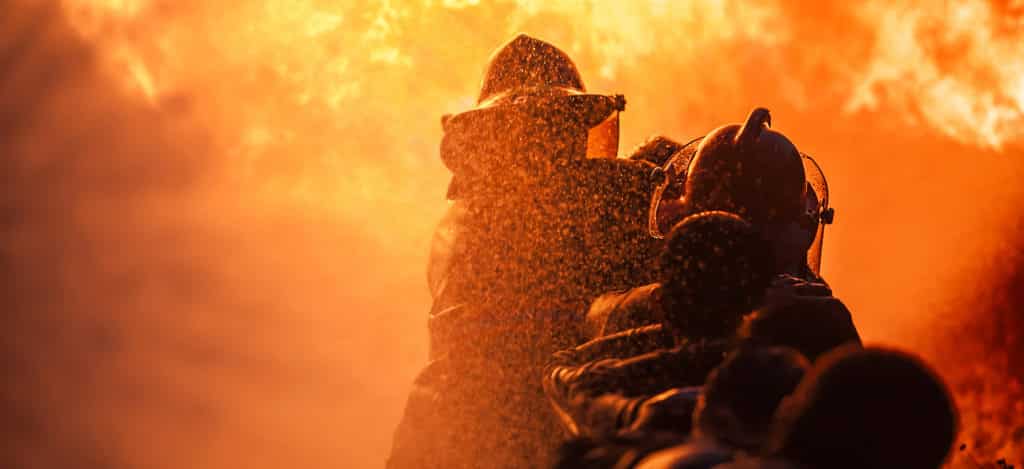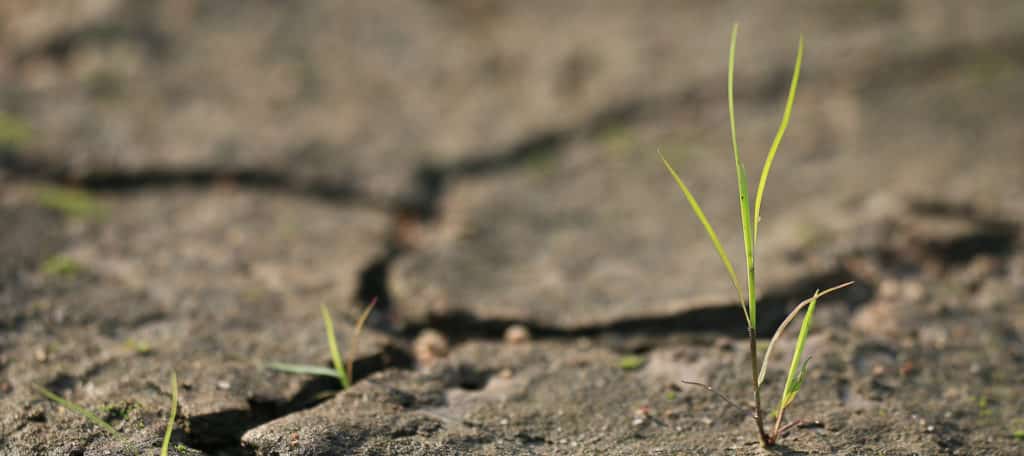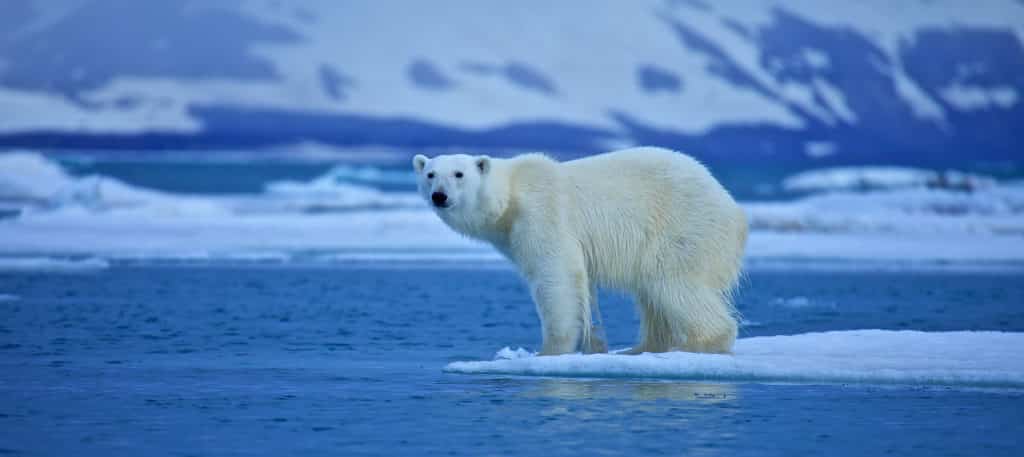The evidence supporting global warming theory is overwhelmingly conclusive. Human-driven expansion of the greenhouse effect is rapidly changing the planet you and I call home. Carbon dioxide, methane, nitrous oxide and water vapor blanket the earth’s atmosphere, holding in the heat. This causes widespread effects in the environment that, if left unchecked, will make the earth uninhabitable in a few decades. For businesses and individuals alike, now is the time to take action, as the following five going green facts illustrate.
Fact One: Temperatures are Accelerating
Even a change of a single degree in average air temperatures can have serious repercussions. EPA says that over the past 100 years, the average global temperature has risen 1.4 degrees F. Experts expect that average temperatures will increase even more quickly over the next 100 years, up to 12 degrees by current projections.
EPA predicts severe repercussions for each 2-degree temperature increase:
- Up to 15 percent reduction in crop yields
- Up to a 10 percent increase in rainfall and flooding in some regions
- Up to 10 percent reduction in stream flows to major rivers like the Rio Grande, causing more severe water shortages
- A whopping 200 to 400 percent increase in wildfire destruction in the western U.S.
People who live in drought-prone places, from California to Ethiopia, are liable to be among the hardest hit by increasing temperatures. Businesses like landscaping, agriculture and tourism, which depend on the weather, are going to suffer, too. The effects of climate change will hurt everyone, you and me included. We need to go greener now.
Fact Two: Oceans Are On the Rise
Because more than half of the world’s population lives within 37 miles of coastlines, the World Health Organization tags rising seawater as a huge concern. Global warming is putting cities, towns and people near shorelines at risk.
Since the beginning of 20th century, the oceans have risen eight inches or so. Since the beginning of the 21st century, they have risen an additional two inches overall, according to data collected by NASA. The rate of sea level change is speeding up. If you took physics in high school, you know that water expands as it heats. That’s one reason for the rise.
The other reason is the way heat affects ice. Melting glacial ice accounts for about two-thirds of the current increase in sea levels. Since the beginning of this century, Greenland has shed about 303 gigatons of ice each year while Antarctica has lost 118 gigatons of ancient ice annually, and the global melt is accelerating.
This enormous amount of liquid ice empties into the ocean. NASA projects that by the end of the century, the sea may become nearly two feet higher on average than its current level. Coastal flooding and the displacement of millions of people will result. Mass homelessness and territorial wars are likely.
Fact Three: Devastating Wildfires are Gaining Momentum
Devastating wildfires are already occurring. In the western U.S., Brazil, East Africa and Mexico, fire seasons currently last at least a month longer than they did in the 1980s. More than one-half of fire-vulnerable regions worldwide are experiencing longer and more frequent fire seasons, as evidenced by information from NASA’s Earth Observatory.
Higher temperatures mean drier vegetation, more evaporation and less water in many areas. An increase in wildfires leaves more people and animals homeless, and decreases the world food supply. Going green may seem like putting an eyedropper of water on a raging inferno, but millions of water drops can reduce devastating losses. You and I can help.
Fact Four: Life-Sustaining Water Supplies Are Dwindling
Research by the Natural Resources Defense Council (NRDC) predicts that the existing water supply will not sustain continued demand. By 2050, one-third of the counties in the contiguous 48 states will be at high risk for water shortages due to global warming.
Changes in precipitation and potential evapotranspiration (PET) are the key culprits in dwindling water supplies, and climate change is the driver. PET includes evaporation from bodies of water as well as from plant leaves and soil. Higher temperatures, dry conditions and wind increase moisture loss while a drop in precipitation in some regions will create a life-threatening water deficit.
Meanwhile, the demand for water continues to grow. Without greener practices, NRDC predicts a 12.3 increase in domestic water demand by 2050. Drier, warmer conditions will broaden the agricultural and industrial need for water. Hot people will need more drinking water. NRDC states that unless people take steps now to slow down climate change, extreme water shortages in the future are a certainty.
Fact Five: Mass Extinction Is Ongoing
Climate change is redefining earth’s existing ecosystems. As a recent edition of Smithsonian magazine reports, more and more species are disappearing as the earth warms. Heat, loss of habitat, shortage of water and the relocation of new predators are all contributing factors. As human-driven climate change gains momentum, the world is losing irreplaceable wildlife in what zoologists are calling a mass extinction.
Under normal conditions, animals become extinct at the rate of up to five species per year. Currently, according to the Center for Biological Diversity, dozens of species are becoming extinct every day. Researchers predict that by 2050, up to one-half of all species on earth could be gone forever. If this frightening fact doesn’t send you immediately into the green zone, I don’t know what will.
Conclusion
These going green facts are overwhelming yet true. As a business owner, you can take measures to help slow climate change. For instance, you could reward employees for recycling at work and encourage carpooling. You may not believe that such small contributions will slow down global warming, but by joining other entrepreneurs making similar efforts, your greener agenda is critical to creating a healthier, more sustainable planet.







